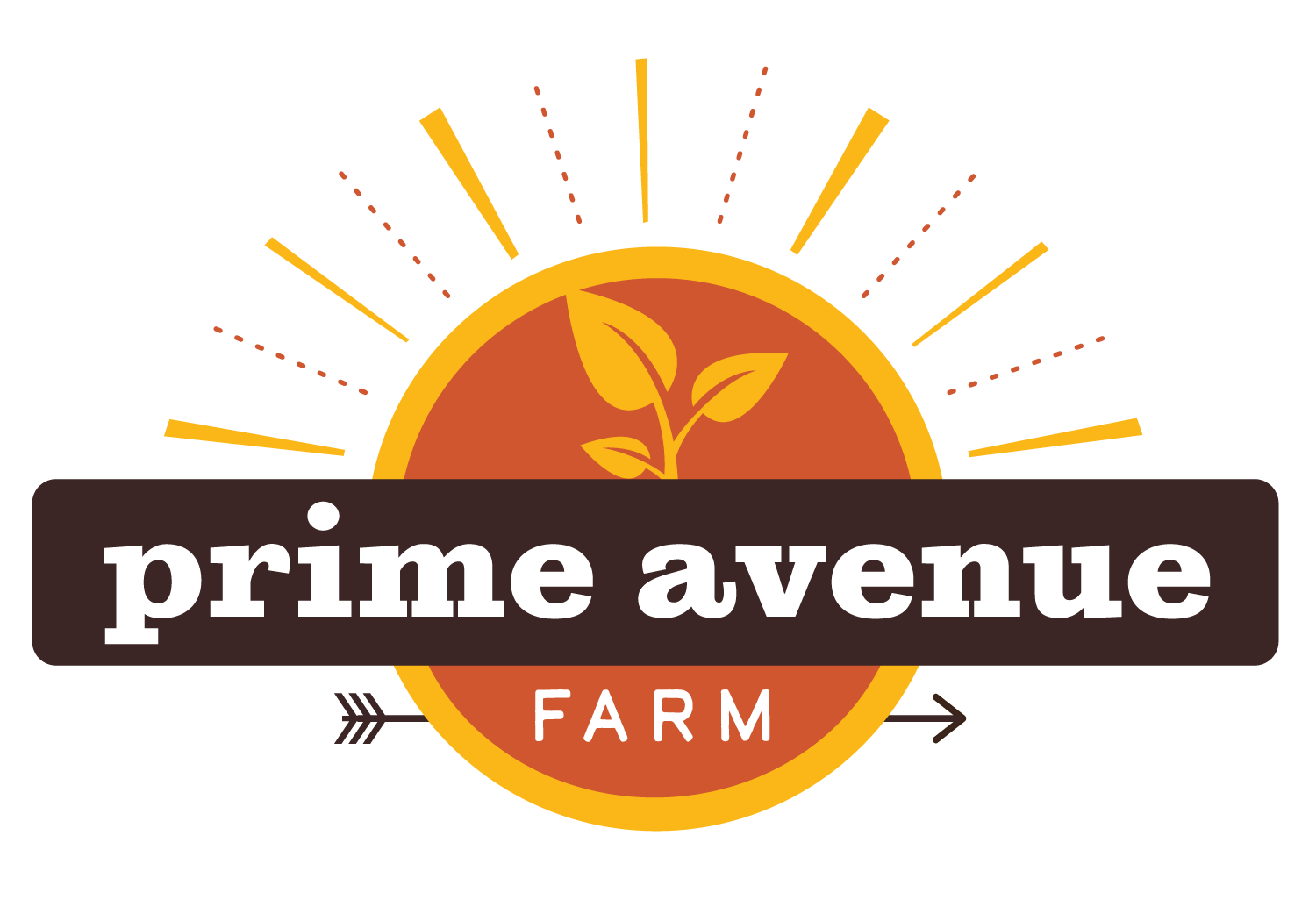Protected Icelandic Lamb
In March, 2023, the powers that be in the European Union awarded a Protected Designation of Origin (PDO) to Icelandic lamb, making it illegal throughout the EU to sell lamb as Icelandic lamb unless it had been born, raised and slaughtered in Iceland. To the EU, Icelandic lamb has a unique flavor and texture due to the terroir in Iceland and the methods of Icelandic flock management, in addition to the more obvious genetic factors of being from a specific breed of sheep. Hence the PDO. Too bad if you own a flock of Icelandic sheep in, say, France or Germany!
A PDO is the EU equivalent of the appellation d’origine controlee that applies to certain French products like Champagne or the denominazione di origine controllata used in Italy for products like Parmesan cheese. Many products now have both an EU-based PDO and a national appellation, including both Champagne and Parmesan cheese. The national appellations have more cache, since they’re older and therefore were first used with more well-known luxury products. However, a PDO carries benefits that cross national boundaries, at least in Europe.
These PDOs can’t be enforced in the US or Canada unless those countries sign a treaty with the EU specifically for that purpose. By convention, however, many product marketers in North America respect the restrictions of a PDO or a national appellation. The breed association for Icelandic sheep here in the US and Canada, Icelandic Sheep Breeders of North America (ISBONA), recently sent its members a note asking them to respect the new PDO for Icelandic lamb.
So how should a small farm selling Icelandic lamb refer to their products? ISBONA suggested using a phrase like “grass fed lamb from Icelandic sheep.” That’s a little awkward. In that case, suggests ISBONA, use a phrase that best describes your unique operation.
Most shepherds who raise Icelandic sheep will rave about the quality of the meat, how it’s both tender and flavorful (“almost sweet!”) The PDO info from the EU for Icelandic lamb specifically mentions its “gamey” flavor*. It’s both gamey and sweet? Could be. The important thing to realize is that PDOs and most other general statements about quality have merit…and they’re also marketing.
Generally speaking, most people in the know who like sparkling wine prefer Champagne to Cava, a sparkling wine that comes from Spain. Still, some wonderful Cavas can be found in the Twin Cities for less than $20 a bottle, sometimes much less. They, too, have the imprimatur of a government body (Spain’s denominación de origen protegida.) Despite that, there is more variation among Cavas than among Champagnes. Most kinds of lamb have no denomination of origin. The EU is saying Icelandic lamb is different. The good news is that you can get Icelandic lamb from us without a Champagne-like price premium.
Ahem. You can get the Champagne of lamb from us, raised using natural practices here in Central MN.
*From the EU Commission:
“‘Íslenskt lambakjöt’ is the name given to the meat from purebred Icelandic lambs, which have been born, raised and slaughtered on the island of Iceland. Sheep farming has a long and rich cultural tradition in Iceland. The characteristics of ‘Íslenskt lambakjöt’ first and foremost consists of a high degree of tenderness and gamey taste, due to the fact that lambs roam freely in demarcated wild rangelands and grow in the wild, natural surroundings of Iceland, where they feed on grass and other plants. The long tradition of sheep farming passing down generations on the island has led to high standards of flock management and grazing methods. One of the best examples of traditional Icelandic cooking is lamb meat soup.”

